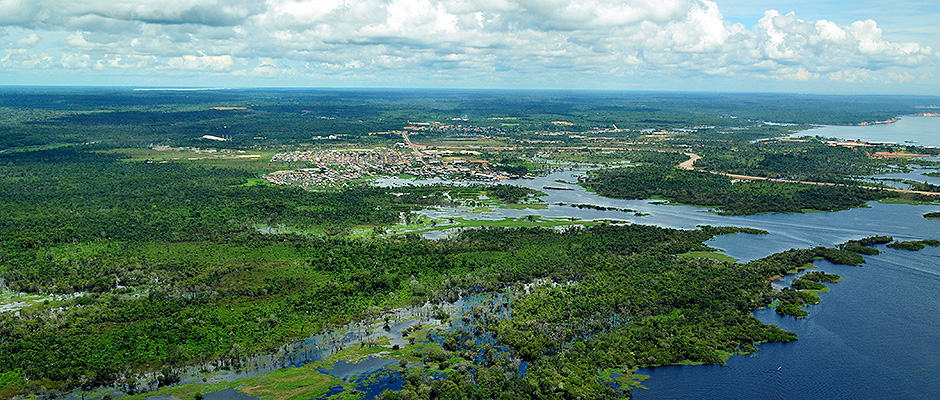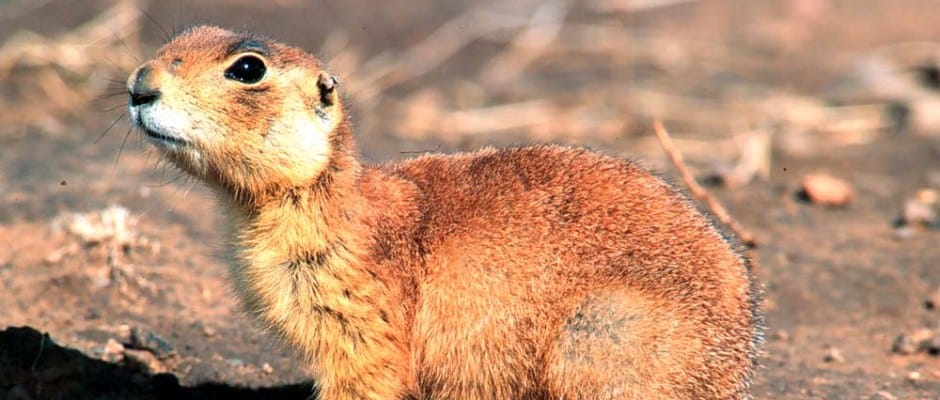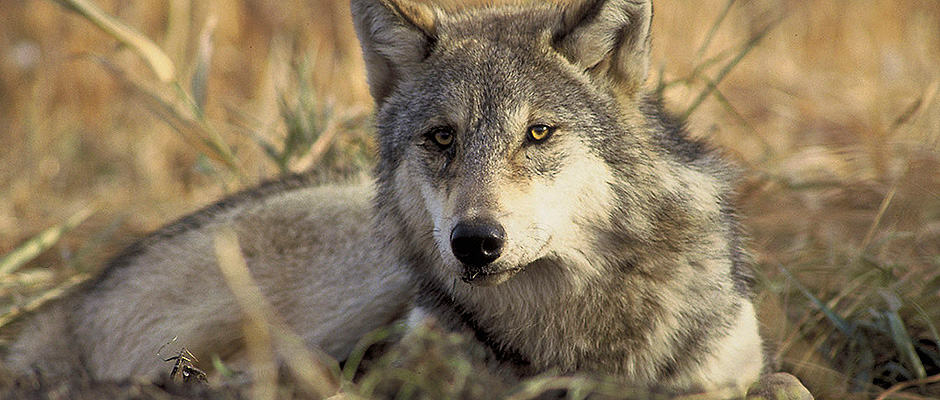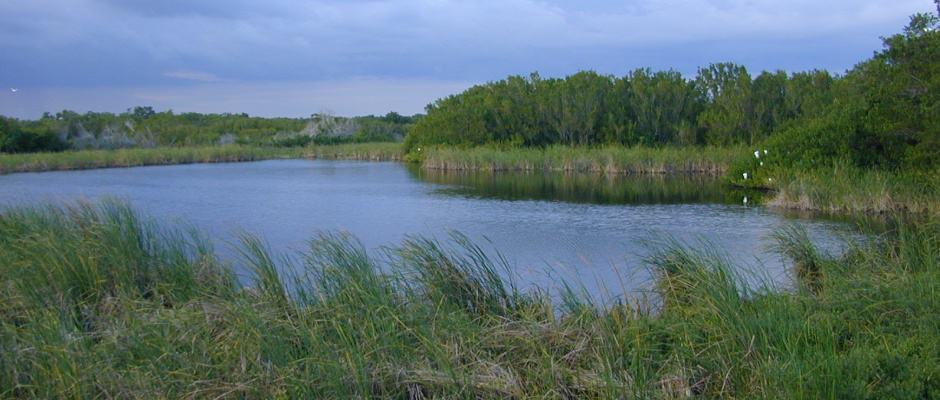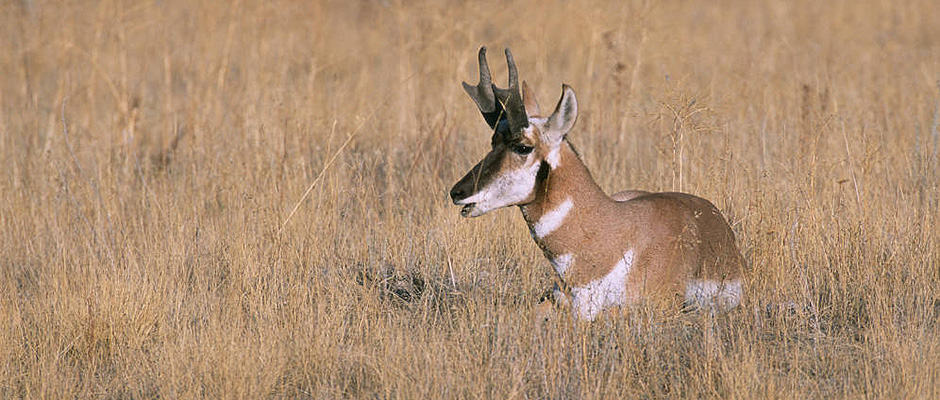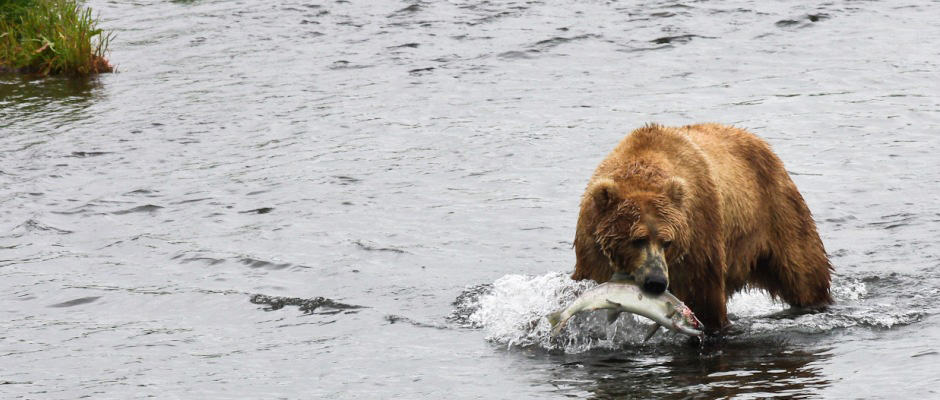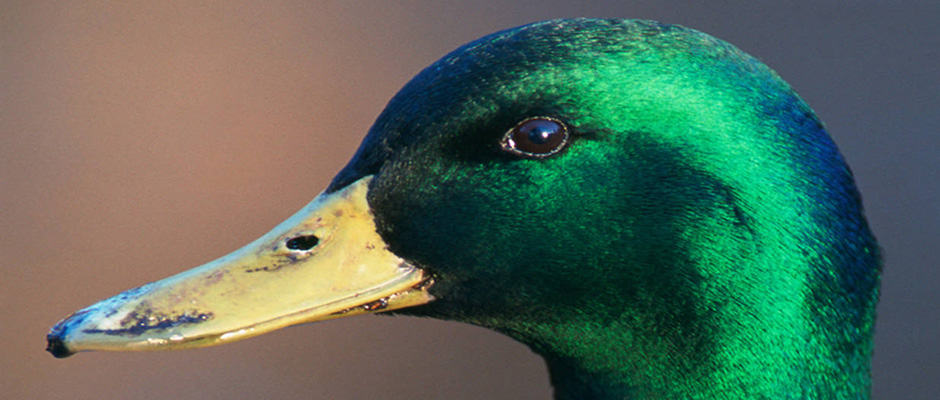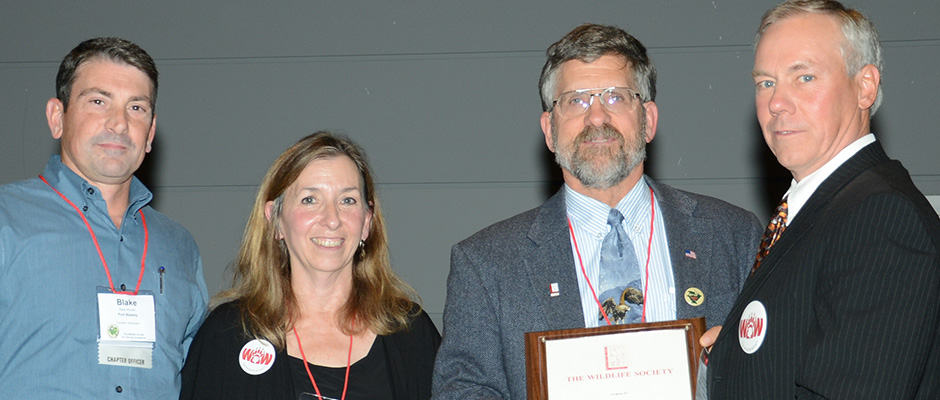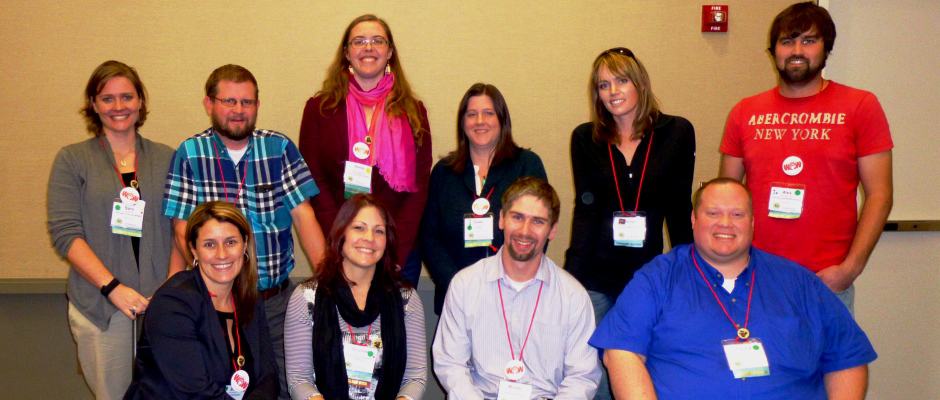
The 2014 TWS Leadership Institute concluded last month during TWS’s Annual Conference in Pittsburgh, Pennsylvania.
Participants of the 2014 Leadership Institute completed several assignments, readings, and analytical discussions throughout the year aimed at exploring and developing various aspects of leadership. “The Wildlife Society established the Leadership Institute in 2006 to enrich the future of our membership and our profession,” says TWS Executive Director Ken Williams. “The program has garnered widespread support because it has been very successful in preparing our early-career members to take active professional leadership roles both within and outside TWS.”
During the conference, participants served as mentors for students and were mentored by Leadership Institute alumni and TWS Council members. Participants also attended Council meetings and met for several discussions moderated by current leaders of the wildlife profession – several of which are Leadership Institute alumni.
For Michel Kohl, a PhD student at Utah State University and participant in the 2014 Leadership Institute, the time spent in the Institute was both personally and professionally rewarding, “This experience goes beyond professional development. It provides you the avenues to examine yourself and how you view your responsibilities…”
Sonja Leverkus, owner and ecosystem scientist of Shifting Mosaics Consulting, is using this experience to build her career and remain involved in TWS. “I am so honored to have been part of the 2014 class and I look forward to giving back as best as I can over my career to TWS. I am very thankful to have had the opportunities to network and build my professional career.
“Through this experience, you begin to change your perceptions of how and why you are treated the way you are as well as how you treat others. This awakening only increases your ability to serve as a leader in your profession and in society” says Kohl. “I highly recommend this experience to anyone who is interested in taking the next step in building our profession.”
TWS congratulates this year’s participants as they join the ranks of Leadership Institute alumni:
- Charles Anderson, Resource Science Supervisor, Missouri Department of Conservation
- David Dahlgren, Extension Associate, Utah State University
- Dawn Davis, Sage-Grouse Conservation Coordinator, Oregon Department of Fish and Wildlife
- Alexander Galt, Wildlife Biologist, U.S. Fish and Wildlife Service, Minnesota
- Sara Hansen, Wildlife Biologist, Washington Department of Fish and Wildlife
- Michel Kohl, Research Associate/Doctoral Student, Utah State University
- Sonja Leverkus, Doctoral Candidate, Oklahoma State University and Ecosystem Scientist, Shifting Mosaics Consulting, British Columbia, Canada
- Erin McCance, Project Manager/Wildlife Biologist, Joro Consultants, Manitoba, Canada
- Sonja Smith, Area Wildlife Biologist, Montana Department of Fish, Wildlife, and Parks
- Heather Stricker, Wildlife Resources Program Director, Forest County Potawatomi Community, Wisconsin
The Wildlife Society received vital financial support for the Leadership Institute in 2014 from 17 organizations, including the Dallas Safari Club, the Boone and Crockett Wildlife Conservation Program, the University of Montana, Texas Tech University, and several Sections and Chapters of The Wildlife Society. AllStar Ecology, Inc provided support for the Leadership Institute Reception at the annual conference in Pittsburgh. The Wildlife Society thanks all these contributors for their support of our leadership development program.
For more information about TWS Leadership Institute and a complete list of alumni, visit wildlife.org/leadership-institute



